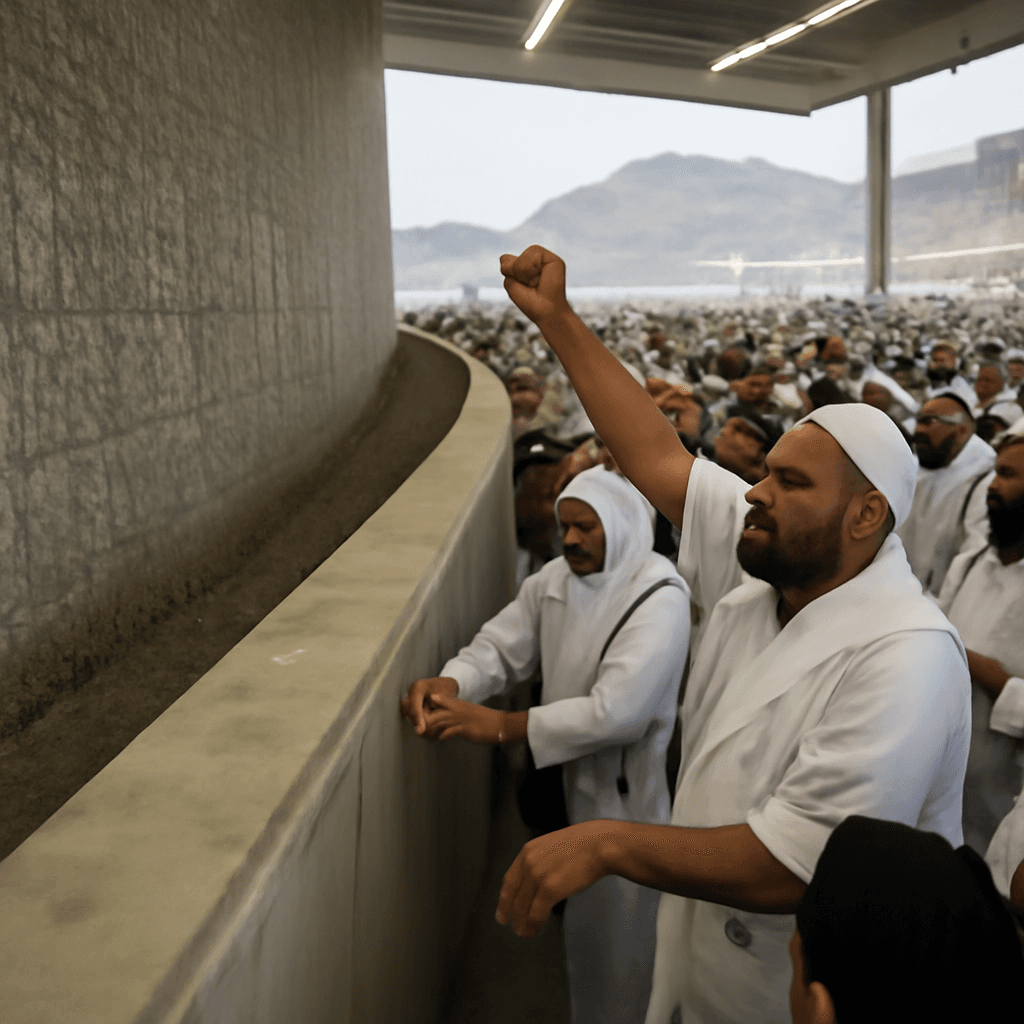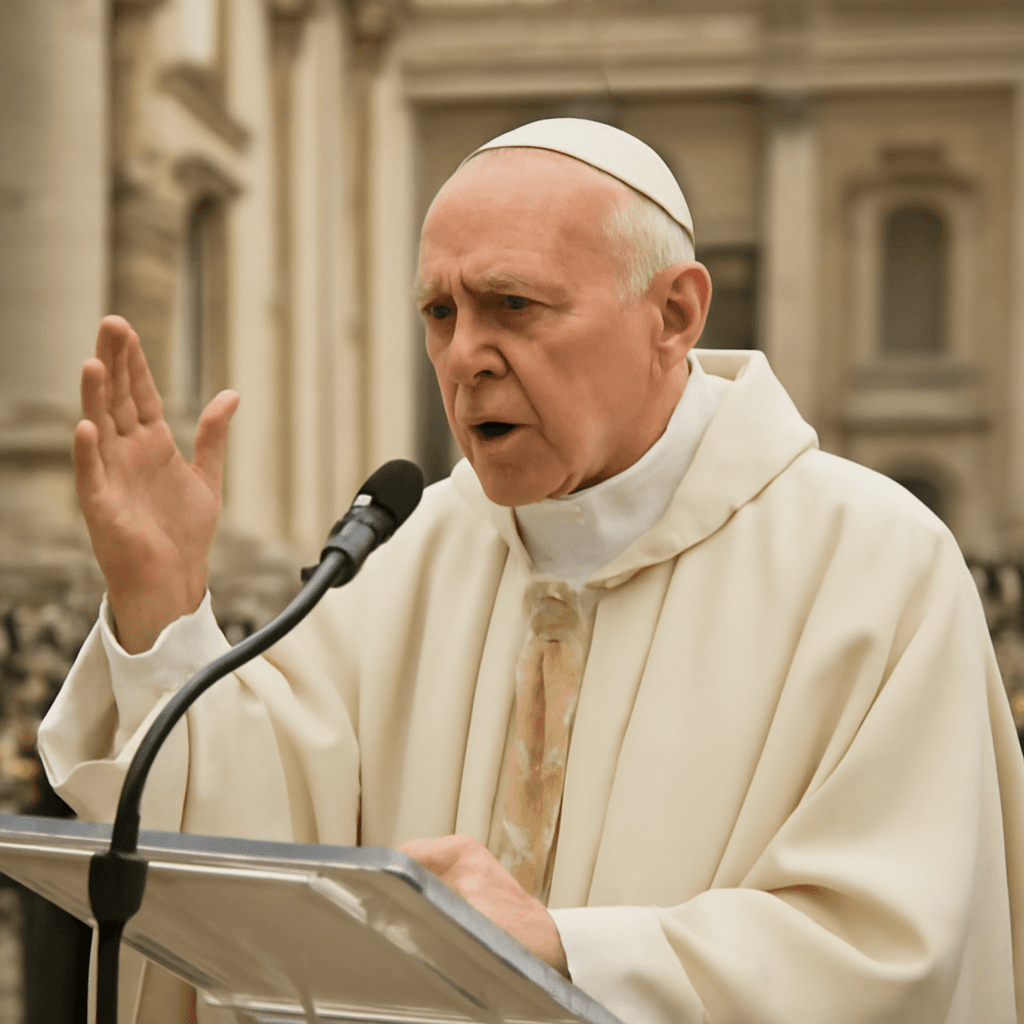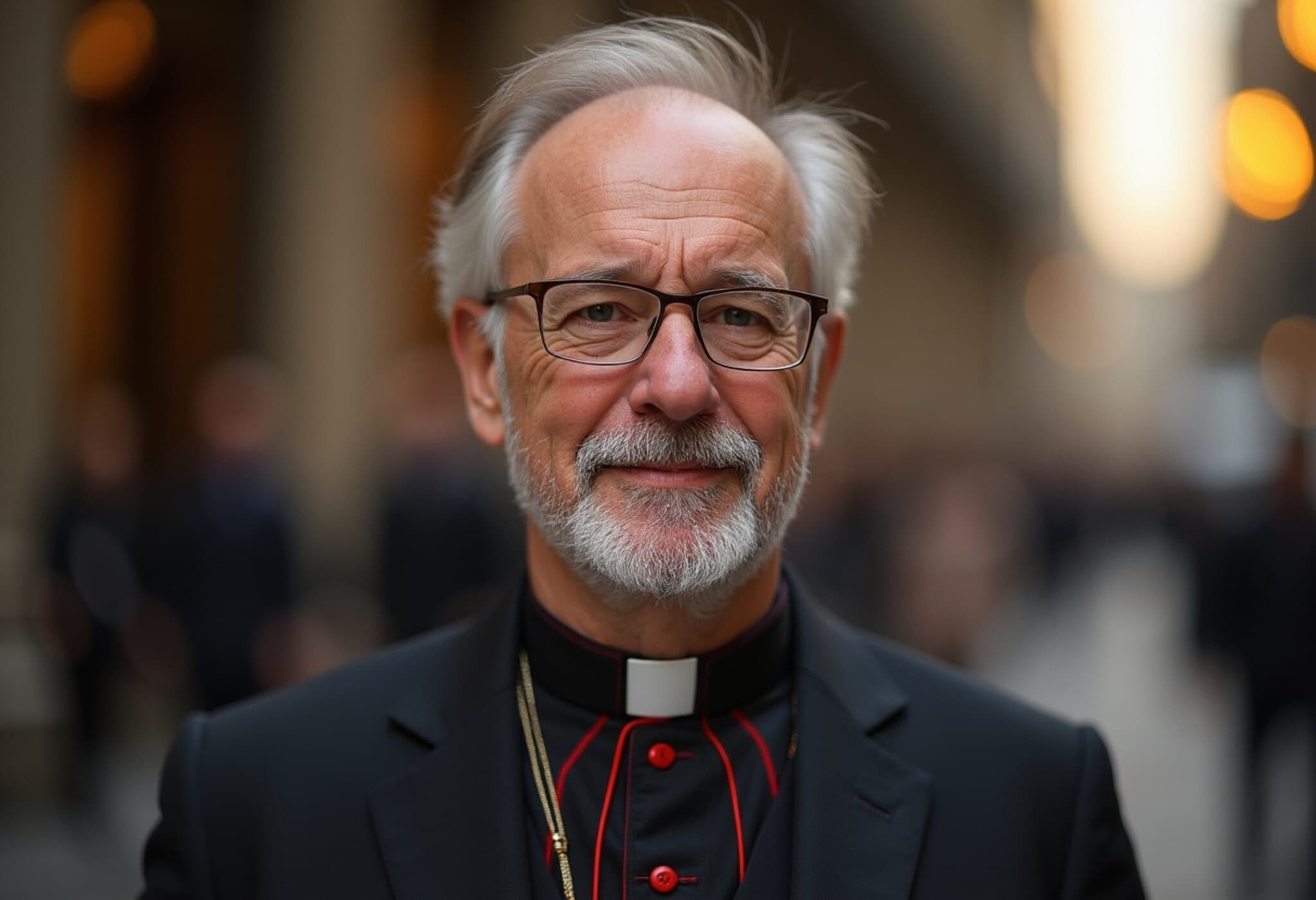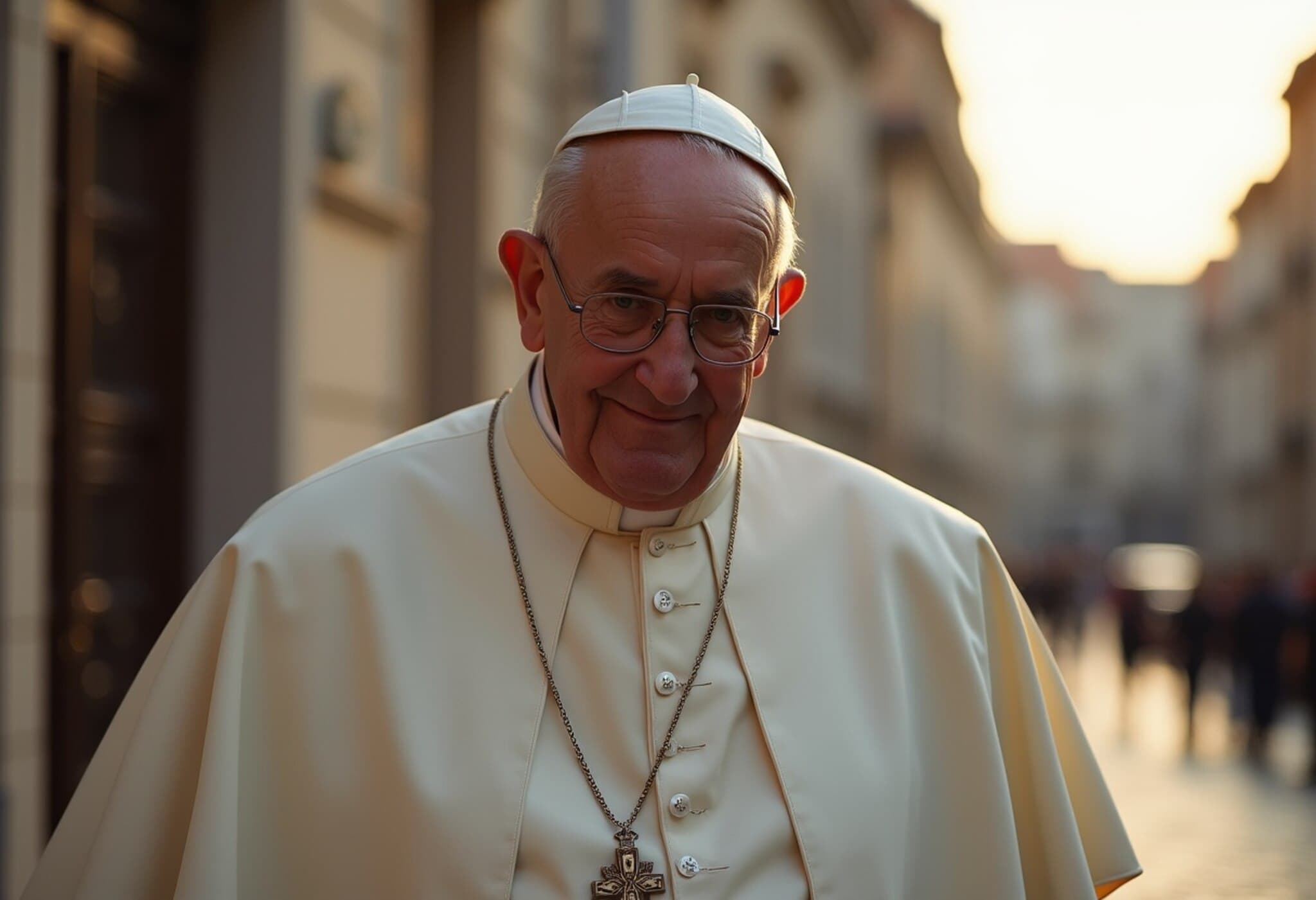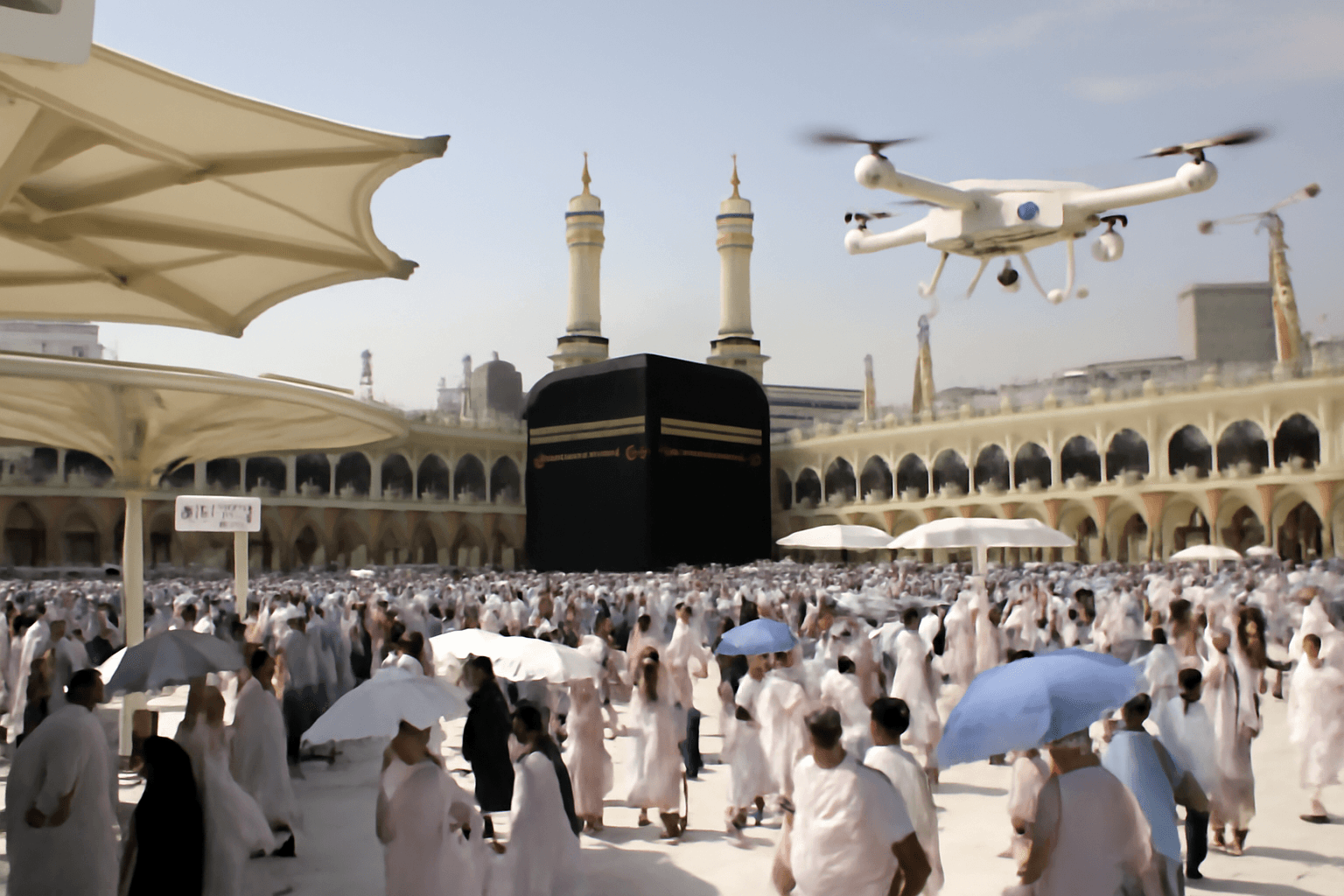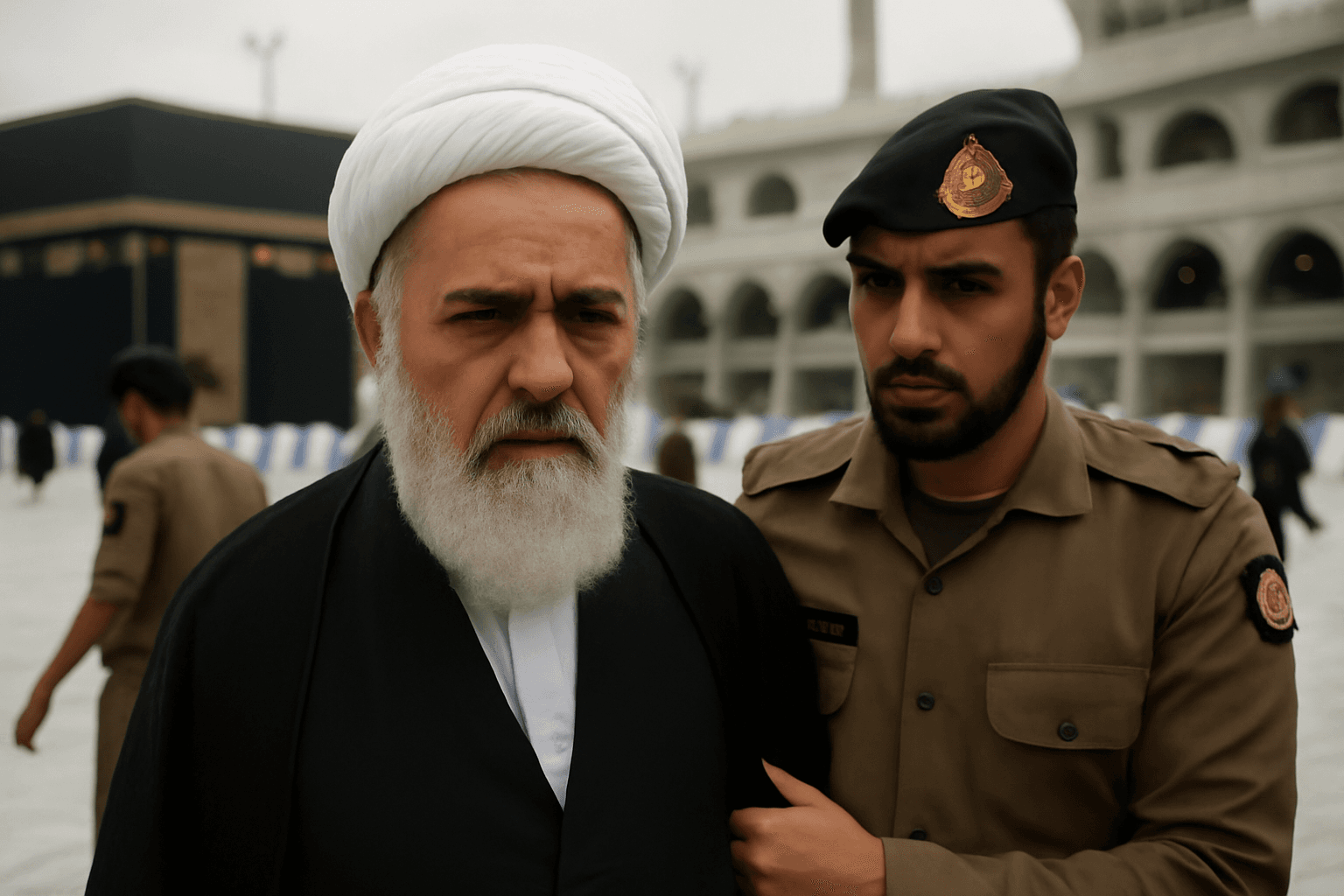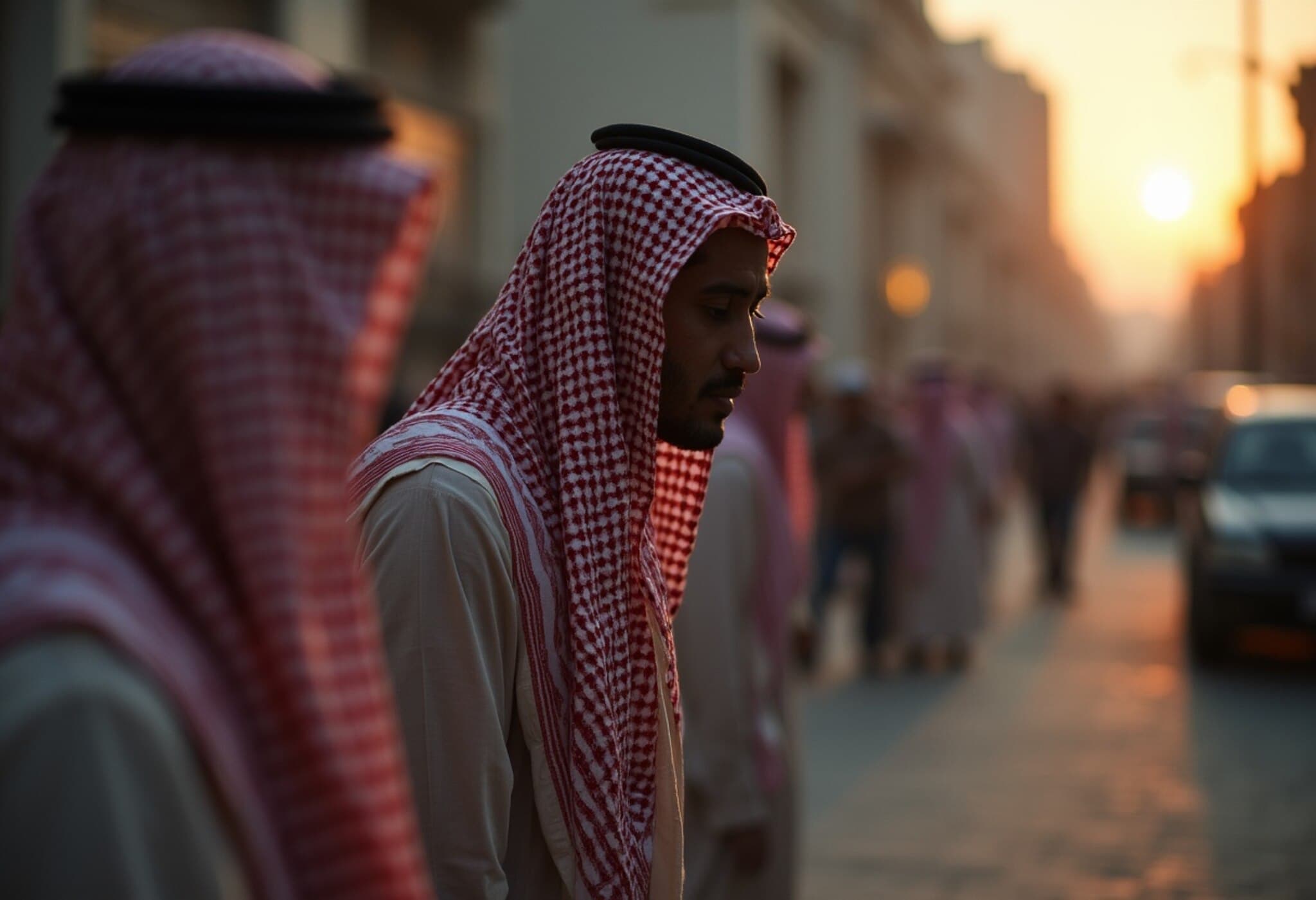Hajj Pilgrimage Reaches Its Climax with the Stoning of the Devil
On Friday, over 1.6 million Muslim pilgrims concluded the final significant ritual of the Hajj pilgrimage by performing the symbolic "stoning of the devil" in Mina valley near Mecca. This ritual involves throwing seven stones at each of three concrete pillars representing the devil, commemorating the prophet Abraham's rejection of Satan's temptations as he obeyed God's command.
Significance of the Ritual
The stoning act reflects Abraham's defiance at the locations where Satan attempted to dissuade him from sacrificing his son. It marks a pivotal moment within the pilgrimage, symbolizing the rejection of evil and submission to divine will.
Enhanced Safety Measures Amid Harsh Conditions
In response to last year's tragic events, when 1,301 pilgrims lost their lives amid severe 51.8°C (125°F) heat, Saudi authorities implemented stringent safety and crowd control measures. These included:
- Heat mitigation strategies to protect pilgrims from extreme desert temperatures.
- Crackdowns on unauthorized pilgrims without permits, responsible for many fatalities due to lack of accommodation and protection.
- Increased security presence across Mecca and the surrounding holy sites.
Permit System and Challenges
The Saudi government allocates Hajj permits to countries based on strict quotas, and pilgrims are chosen through a lottery system. Despite this, the high costs often compel some individuals to undertake the pilgrimage without official authorization, risking arrest and deportation if caught.
Historical Context and Economic Impact
The stoning ritual site in Mina has historical significance, having been the location of a deadly stampede in 2015 that claimed 2,300 lives, making it one of the worst disasters in Hajj history.
Hajj and the lesser Umrah pilgrimage collectively generate billions of dollars in revenue annually for Saudi Arabia, serving both economic and symbolic roles. The Saudi monarch holds the title "Custodian of the Two Holy Mosques," reflecting the religious prestige tied to overseeing these holy sites.
Eid al-Adha Celebrations Mark the Pilgrimage's End
The conclusion of the Hajj pilgrimage coincides with the start of Eid al-Adha, a major Islamic holiday observed with communal prayers and the ritual sacrifice of animals such as goats, sheep, cows, bulls, or camels. This festival honors Abraham's willingness to sacrifice his son in obedience to God.

